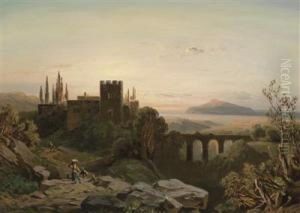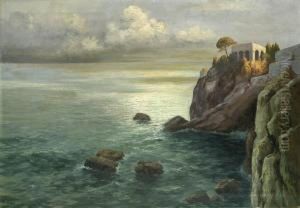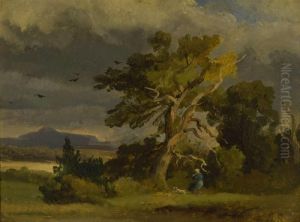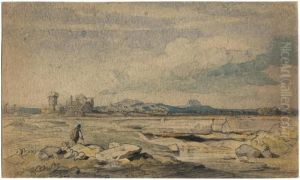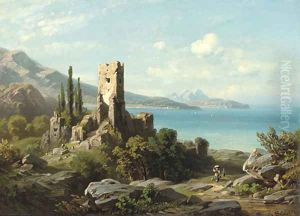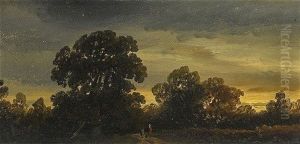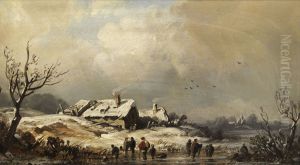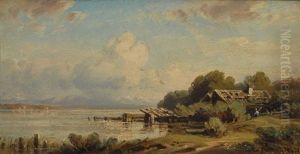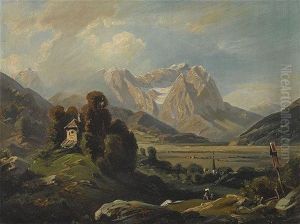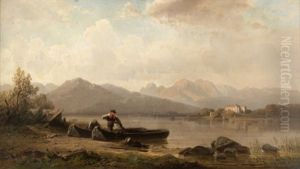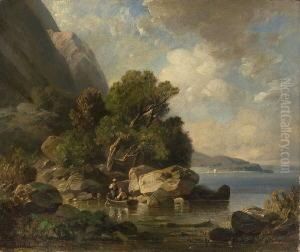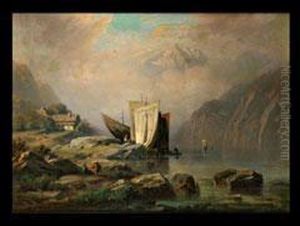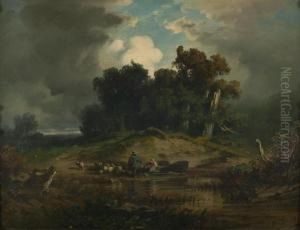August Seidel Paintings
August Seidel was a German photographer and painter born on November 5, 1820, in Regensburg, Germany. He initially trained as a painter, but with the advent of photography, he became fascinated by this new medium. Seidel is particularly known for his early adoption of photography and for being one of the pioneers in this field in Germany.
In the early stages of his career, Seidel made a significant contribution to the development of photographic techniques. He opened one of the first photographic studios in Munich in 1849, making him a key figure in the establishment of photography as a professional practice in Southern Germany. Seidel's studio quickly became a hub for cultural figures of the time, and he was known for his portraits of notable personalities from various sectors including the arts, science, and aristocracy. His portraits were recognized for their clarity and attention to detail, which was a result of his painter's eye for composition and lighting.
Throughout his life, Seidel was an active participant in the evolving world of photography. He was a member of various photographic societies and often engaged in discussions about the artistic and technical aspects of the medium. Despite the initial resistance photography faced from traditional art circles, Seidel was among those who advocated for its recognition as a legitimate art form.
Seidel's contribution to the field of photography extended beyond his studio work. He was involved in the development of photographic processes and was an avid experimenter with different techniques. His work included both daguerreotypes and albumen prints, which were among the most popular photographic processes of the 19th century.
Although his name may not be as widely recognized today as some of his contemporaries, August Seidel's role in the early years of photography and his influence on subsequent generations of photographers are noteworthy. He continued to work until his death on June 18, 1904, in Munich, leaving behind a legacy that provides a valuable glimpse into the history of photography and 19th-century German culture.



